2022 Orbea Rise H10 E-Bike
(discontinued)
| Where To Buy | |||
|---|---|---|---|
Free shipping on orders over $50 (continental U.S. only).
International shipping available. Some exclusions apply. |
Free shipping on orders over $50 (continental U.S. only).
International shipping available. Some exclusions apply. $6,999.00
|
||
Orbea | Wild H10 20Mph E-Bike
$7,299.00
|
|||
Orbea | Wild M10 20Mph E-Bike Blk-Red M
$8,499.00
|
|||
Orbea | Wild H20 20Mph E-Bike
$6,499.00
|
|||
Orbea | Wild St H20 20Mph E-Bike
$5,999.00
|
|||
Orbea | Wild M-Ltd 20Mph E-Bike
$11,999.00
|
|||
Orbea | Wild M20 20Mph E-Bike Raw-Tit M
$4,744.94
|
|||
Orbea | Oiz M-Team Axs Bike
$7,599.00
|
|||
Orbea | Wild M20 20Mph E-Bike
$7,499.00
|
|||
Orbea | Oiz M21 Bike
$4,999.00
|
|||
Orbea | Alma M51 Bike 2023 Medium Silver
$1,559.94
|
|||
Free shipping on orders over $50 (continental U.S. only).
International shipping available. Some exclusions apply. |
|||

Launched back in December of 2021, the Orbea Rise H made its grand debut as the aluminum alternative to the carbon Rise M. Following Orbea’s lightweight e-bike philosophy with Shimano EP8 RS motor, the Rise H features the same 140mm of travel and identical geometry to its carbon counterpart but makes use of a bigger battery. Since the release, we have had the privilege to spin the Rise H10 through various terrain and weather conditions to conclude a long-term review.

Highlights
- Aluminum frame with high-polish finish
- 29-inch wheels
- 140mm (5.5 inches) rear wheel travel // 150mm (5.9 inches) fork travel
- Concentric boost suspension design
- Internal cable routing
- Tapered headtube
- Shimano EP8 motor with the Orbea RS tune (60Nm max torque)
- 540Wh battery
- Optional 252Wh range extender ($599)
- 12x148 boost rear hub spacing
- Measured weight: 44 pounds (size medium, no pedals)
- $7,999 USD
Strengths
| Weaknesses
|

Overview
The Rise H is a lightweight aluminum e-MTB designed for versatility and playful trail riding. Based on the same blueprints as the Orbea Occam, it features 29-inch wheels, 140mm rear travel, and the option of a 140mm or 150mm travel fork. These ingredients matched with the compact motor make for a snappy e-rig.


All aluminum and carbon Rise models are equipped with the same custom Shimano EP8-RS system. While the guts of the two models are seemingly identical, the Rise H is designed with a 540Wh battery, whereas the carbon Rise M comes with a 360Wh battery. An optional 252Wh range extender is available, providing 70% more battery life for an extra $599 USD.
There are three different Rise H build levels to choose from, each featuring select upgrade options to better suit rider preferences. In comparison to the Rise M, the price points start significantly lower without compromising on quality. The build levels include the Rise H30 ($5,699 USD), Rise H15 ($6,799 USD), and our test bike, the Rise H10 ($7,999 USD).
Geometry
Our Rise H10 test bike came with the 150mm fork upgrade, giving a head angle of 65.5-degrees and seat angle of 76.5-degrees. The Medium size measured a 450mm reach and 445mm chainstays, putting it on par with other comparable trail bikes.

Setup
Referring to the suggested suspension adjustments, we set the FOX Foat DPS shock to 25% sag and the FOX 36 fork to the proper PSI range for rider weight, aiming for 20% sag. This suggested setup worked flawlessly for our ride feel preferences. The cockpit felt long for a 5’5” rider, so we swapped the 50mm stem for a 35mm stem, bringing in the reach for better handling.


The Shimano E-Tube app connects the Rise to a personal device for access to bike settings, e-system information, and customization. In the app, the rider can choose between two different profiles for more or less assistance, or create custom profiles for specific power preferences. Profile 1 requires the most rider input to maximize range with less assistance and torque in each mode. The assistance levels in profile 1 were too low for our preferences so the majority of our rides were spent in profile 2, giving 30% power in Eco, 60% power in Trail, and 100% power in Boost. On days we were riding alongside full-size e-bikes, we created a custom profile to close in on the large percentage gaps, giving more assistance in each mode.

On the trail
Some of our first outings with the Rise consisted of Idaho snowfall and whooped moto tracks. To break up the monotony of winter conditions, we traveled to Washington with our test bike to enjoy some beloved PNW goodness. For the majority of spring and summer, the Rise has lived in the Boise, Idaho area, exploring moto trails and E-friendly bike parks.

DH/Technical descending/Fun factor
Descending steep, fast, and raw terrain, the Rise held its own like a longer travel, more aggressive rig while maintaining all of the responsive benefits of a 140 trail bike. When we took it on some beat-up moto trails, it smashed through the roughage, going exactly where it was pointed. On steep terrain, it always gave an “in-the-bike” ride experience which opened up different line options. For being roughly 10-pounds heavier than a mountain bike, it is impressive how lively the bike felt. Between playing around on flow trails and following a sketchy friend down a sketchy line, we had a blast discovering what versatility the Rise had to offer.

Rear suspension performance
Despite our uncertainties about how the FOX Float DPS shock would perform on the variety of trails we descended, the combination of the shock and rear suspension design stayed predictable and supportive throughout the travel without feeling overwhelmed. The slightly longer and stiffer chainstays contribute to stability and precision through harsh terrain giving a confidence-inspiring ride.
Perceived weight
Orbea’s main priority while designing the Rise was to mimic a natural ride experience and after several months on the bike, we believe they nailed it. With rider weight being 120-pounds, the compact design of the Rise was really beneficial for maneuverability and made the transition from a 32-pounds mountain bike feel like a breeze. The low position of the motor and battery gives the perfect weight advantage for stability on downhills without feeling bulky.

Climbing
A clear advantage of an e-bike is the ability to ascend nasty, steep terrain to maximize the downhill. The kind of climbs that make you say “I will never do this on my mountain bike,” become commonplace and previous all-day adventures become afternoon strolls. We dedicated our most dreadful climbs to the Rise and it flew up technical climbs without giving surges of unwanted power during a half crank at slower speeds. The motor input maintained assistance up the steeper jaunts and stayed very consistent without looping out. The Rise delivered its most efficient power at 75-95 RPM which relates to a natural pedaling experience. The bike itself is very comfortable, allowing for hours of saddle time without fear of discomfort.
While the Rise requires more rider input, the payoff is rich if we get to enjoy more assisted laps than our 50-pound competitors.
EP8-RS System
While the Shimano EP8 motor system appears on plenty of other e-MTBs, the EP8-RS is designed entirely for the Orbea Rise. The compact motor matched with the larger battery is notably efficient, contributing to better range. When matching the EP8-RS system against full-size e-bikes, the Rise H drained its battery slower than others while maintaining a similar speed. This was even the case on rides with significant elevation gain that required Boost mode frequently. On one specific adventure, we did 3 laps (in Boost) on a 1.4-mile climb with 1,300 feet of elevation gain. The Orbea had enough juice for a fourth lap while the full-size e-bikes tapped out at 3. While the Rise requires more rider input, the payoff is rich if we get to enjoy more assisted laps than our 50-pound competitors.

Electronics
The Shimano EW-EN100 junction provides a small display that lights up either blue, green, or yellow depending on what assist mode the bike is in. The green and red (trail and boost) lights are difficult to tell the difference between while riding so we often fumbled through modes. The far right light on the display indicates the amount of juice left in the battery. While there is a lot of battery life to be expended, the display light only changes when you have less than 20% battery which does not ease range anxiety. If you are a rider who likes to geek out on real-time stats, utilizing the RS Garmin IQ platform on your chosen Garmin device will give cadence, range, mode, speed, and battery. Orbea does offer the full Shimano computer display for an additional $109.

Build kit
Initial and Final Spec Setup
Out of the box, our Rise H10 test bike came with a mixture of stock and upgraded components that are available to choose at the time of purchase. For suspension, the bike came with the larger travel, FOX 36 Factory 150mm fork (additional $175), Fox Float DPS Factory shock, XT drivetrain components, Shimano XT 2-piston brakes, 180mm front/rear rotors, Raceface Turbine R 30 wheels, and Maxxis Dissector and Rekon tires. After getting some good riding time on the initial spec setup, we received a few upgraded parts to swap over. Our final build kit is the highest specced build of the Rise H family with Shimano XT 4-piston brakes (additional $115), 203mm front/180mm rear rotors (additional $25), and Maxxis Minion DHF and Minion DHR II tires.

Spec Performance
The upgrade to the FOX 36 150mm fork gives more travel to play around with, providing enough squish for bigger features while still remaining within the parameters of a trail fork. The larger travel spec option is our preference due to its versatility under the conditions we tested the bike in.


The 2-piston brakes work fine for a lighter rider on mellow terrain however, the 4-piston brakes are the preferred option when steeper terrain demands a better bite and pad longevity. It's a no-brainer that the upgraded brakes are well worth it for any bike, but especially an e-bike.
The subdued assistance on the EP8-RS system allows Orbea to spec regular mountain bike components on the Rise. Unlike e-bike-specific drivetrain components, you are able to double shift which simplifies a whole lot on the uphill when you get into a pinch. The Shimano XT drivetrain shifted smooth like butter, even under e-MTB load and torque.
Our set of Raceface Turbine R 30 wheels lived up to their durable expectations and withstood all the abuse we inflicted on them over the last several months.

The stock pair of Maxxis Dissector and Rekon tires felt under-gunned for the abilities of the bike and left us craving better traction. We swapped them out for the Maxxis Minion DHF/DHR II duo with more aggressive knobs for better traction over roots, mud, and loose corners. Both sets of Maxxis tires were EXO casing, and for a 44-pound bike with the hard-charging abilities of the Rise, we would hands down prefer EXO+ or Double-Down casing.
Spending the majority of our time on the fully upgraded Rise H build kit, we were pleased with better braking power, more fork travel, and far more suitable tires. Upgrading the few components to match the ability of the bike contributed to an overall better experience with more confidence in the components.
The only noises associated with the Rise are linked to the Shimano motor. A rattling sound that appears when descending or coming into a landing seems to be a common theme with all EP8 systems. While the rattle is more of an annoyance, it never kept us from enjoying the ride. The ordinary hum of the motor is really faint and easily forgotten about while pedaling.

Long term durability
The Rise held up great during our eight months of testing. The one and only occasion we had an issue was after a muddy PNW ride when gritty dirt got stuck around the power button, preventing us from turning the bike on or off. With a sharp tool, we were able to remove it without damaging anything. Other than that, it maintained its flawless ride feel after several outings in pretty harsh conditions. There were no creaking or worrisome noises and the suspension continued to function smoothly.
Aside from its visual appeal, the high polish finish on the frame is engineered to resist fatigue around the welds of the frame. As an added bonus, the finish makes it remarkably easy to wash off any resilient trail grime, preserving its squeaky clean new-bike look.

Altogether, we can’t recommend a better ‘do it all’ e-bike than the Rise Hydro.
What’s the bottom line?
The aluminum Orbea Rise leaves a significant impression on the lightweight e-market by exceeding our standards as a playful yet capable bike. Coming in at $1000 (USD) cheaper than the equivalent build spec on the Carbon Rise M, the aluminum Rise has insignificant weight penalties and triumphant range advantages. The 540Wh battery and 60Nm max torque motor distinguish the Rise H from other lightweight designs, all at a competitive price. Altogether, we can’t recommend a better ‘do it all’ e-bike than the Rise Hydro.

About the Reviewer
Lauren Williams - Age: 23 // Years Riding MTB: 3 // Height: 5'5" (165cm) // Weight: 120lbs (54.4kg)
Originally from Reno, Nevada, Lauren spent her formative years competing in rodeos with her horses across the southwest. After moving to Idaho to attend Boise State University, she was introduced to mountain biking and quickly became consumed by her new found passion. The better part of her college years were spent working at a bike shop and spending debatably too much time around bikes. Nowadays she is somewhere on some trail in the PNW, having fun on two wheels with her fellow bike lovers.
Specifications
Option: Range Extender external battery, 252 Wh ($599)
Option: Shimano EM800 display
Option: FOX FLOAT X Factory, EVOL LV, 2-position adjust, Kashima coating, custom tune
Option: FOX FLOAT 36 Factory, GRIP2 damper, Kashima coating
FOX 36: 150mm
Length: 40mm (SM), 50mm (MD/LG/XL)
Option: Shimano Deore XT M8120, 4-piston
Option: 203mm front rotor
Length: 165mm (SM/MD), 170mm length (LG/XL)
Rear: Maxxis Rekon, 3C MaxxTerra, EXO+, TR, 120 TPI, 29" x 2.4"
Options: fi'zi:k Taiga, Kium rails; Selle Italia SLR Boost SuperFlow L, carbon Keramic rails
Drop: 125mm (SM), 150mm (MD/LG), 170mm (XL)
• Rider Synergy (RS) Concept
• Motor settings and profiles can be fine-tuned via Shimano E-Tube mobile app
• Compatible with Garmin IQ ecosystem to display support mode, assist level, cadence, range, and speed data
• Includes Orbea 42V 4A Smart Charger
• Internal cable routing
The All-New Orbea Rise Hydro E-Bike (press release)
| Where To Buy | |||
|---|---|---|---|
Free shipping on orders over $50 (continental U.S. only).
International shipping available. Some exclusions apply. |
Free shipping on orders over $50 (continental U.S. only).
International shipping available. Some exclusions apply. $6,999.00
|
||
Orbea | Wild H10 20Mph E-Bike
$7,299.00
|
|||
Orbea | Wild M10 20Mph E-Bike Blk-Red M
$8,499.00
|
|||
Orbea | Wild H20 20Mph E-Bike
$6,499.00
|
|||
Orbea | Wild St H20 20Mph E-Bike
$5,999.00
|
|||
Orbea | Wild M-Ltd 20Mph E-Bike
$11,999.00
|
|||
Orbea | Wild M20 20Mph E-Bike Raw-Tit M
$4,744.94
|
|||
Orbea | Oiz M-Team Axs Bike
$7,599.00
|
|||
Orbea | Wild M20 20Mph E-Bike
$7,499.00
|
|||
Orbea | Oiz M21 Bike
$4,999.00
|
|||
Orbea | Alma M51 Bike 2023 Medium Silver
$1,559.94
|
|||
Free shipping on orders over $50 (continental U.S. only).
International shipping available. Some exclusions apply. |
|||











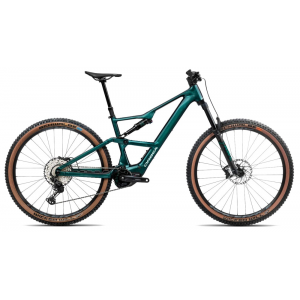
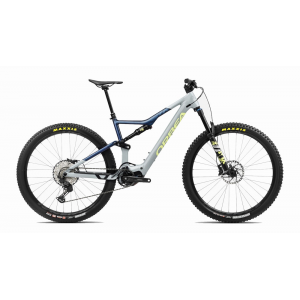
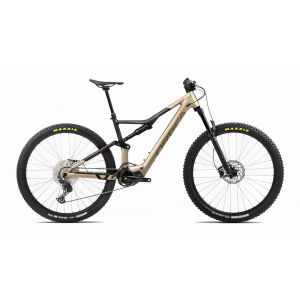
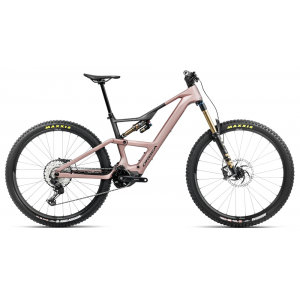
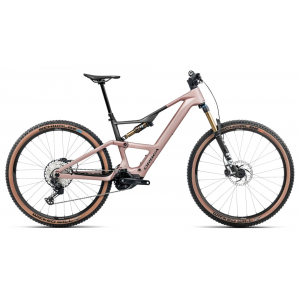
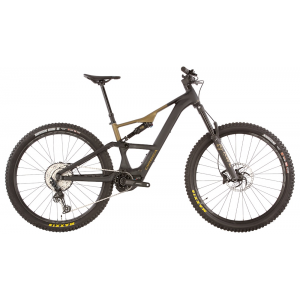
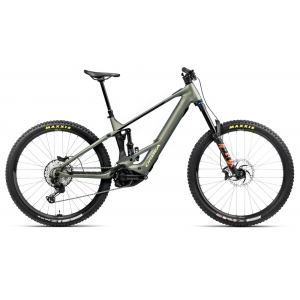
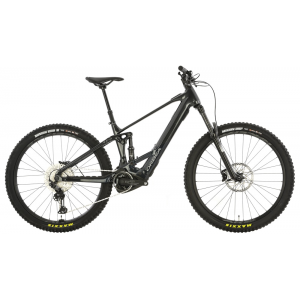
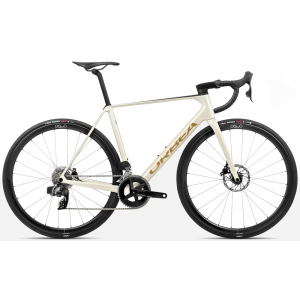
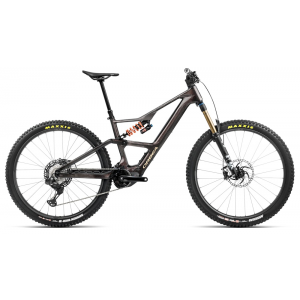
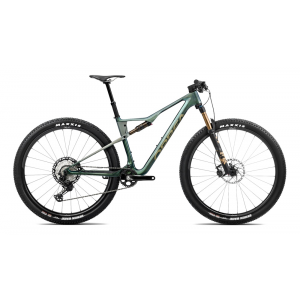
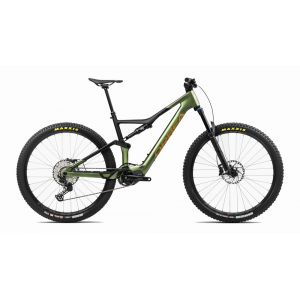
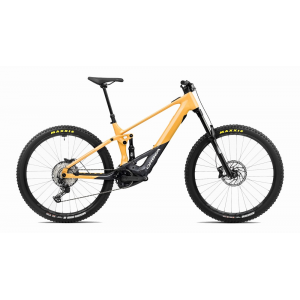
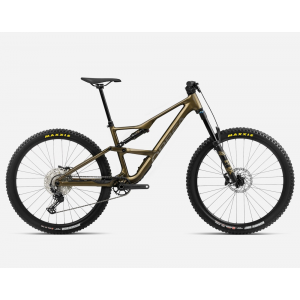
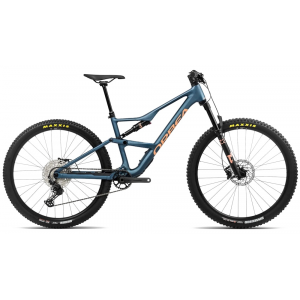
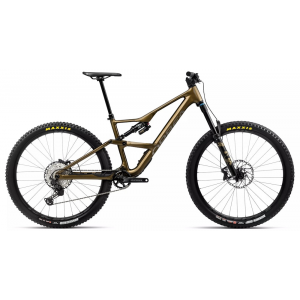
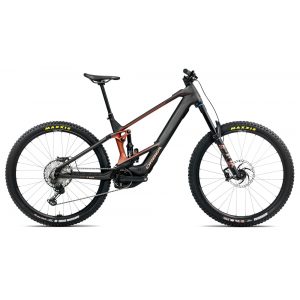
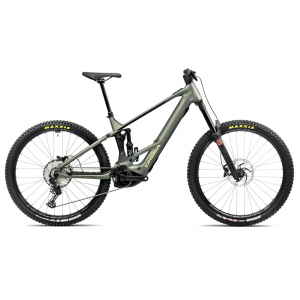
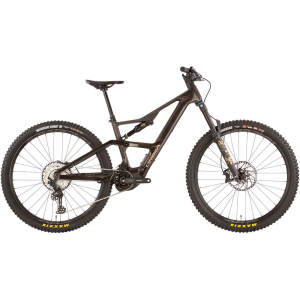
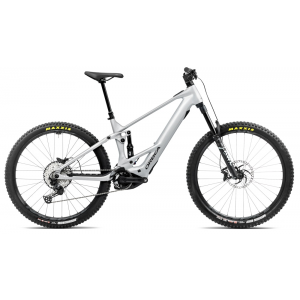
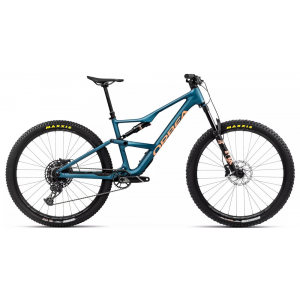
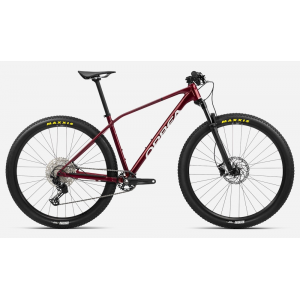
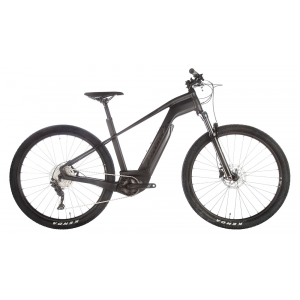
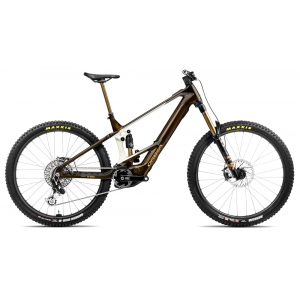
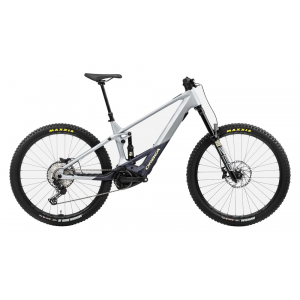
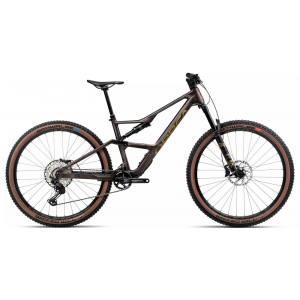
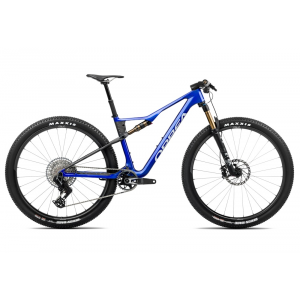
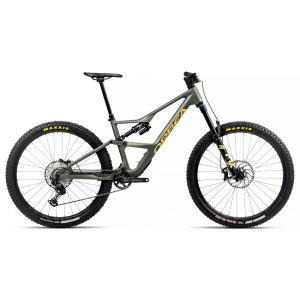
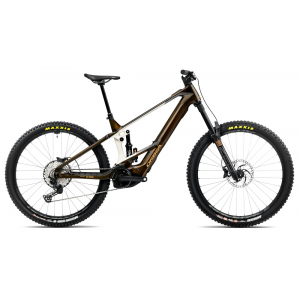
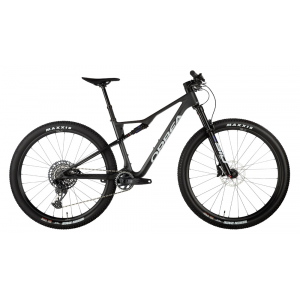
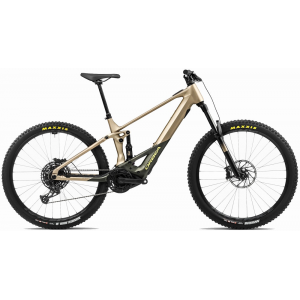
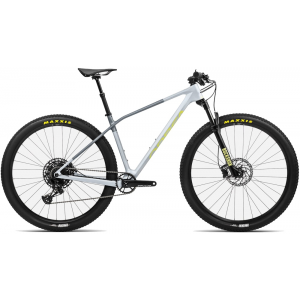


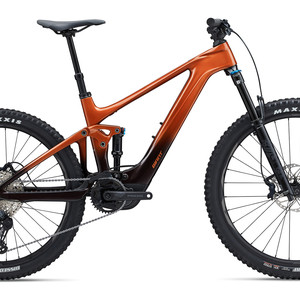




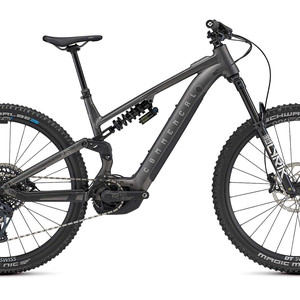









2 comments
Post a reply to: Long-Term Review - Orbea Rise Hydro E-Bike